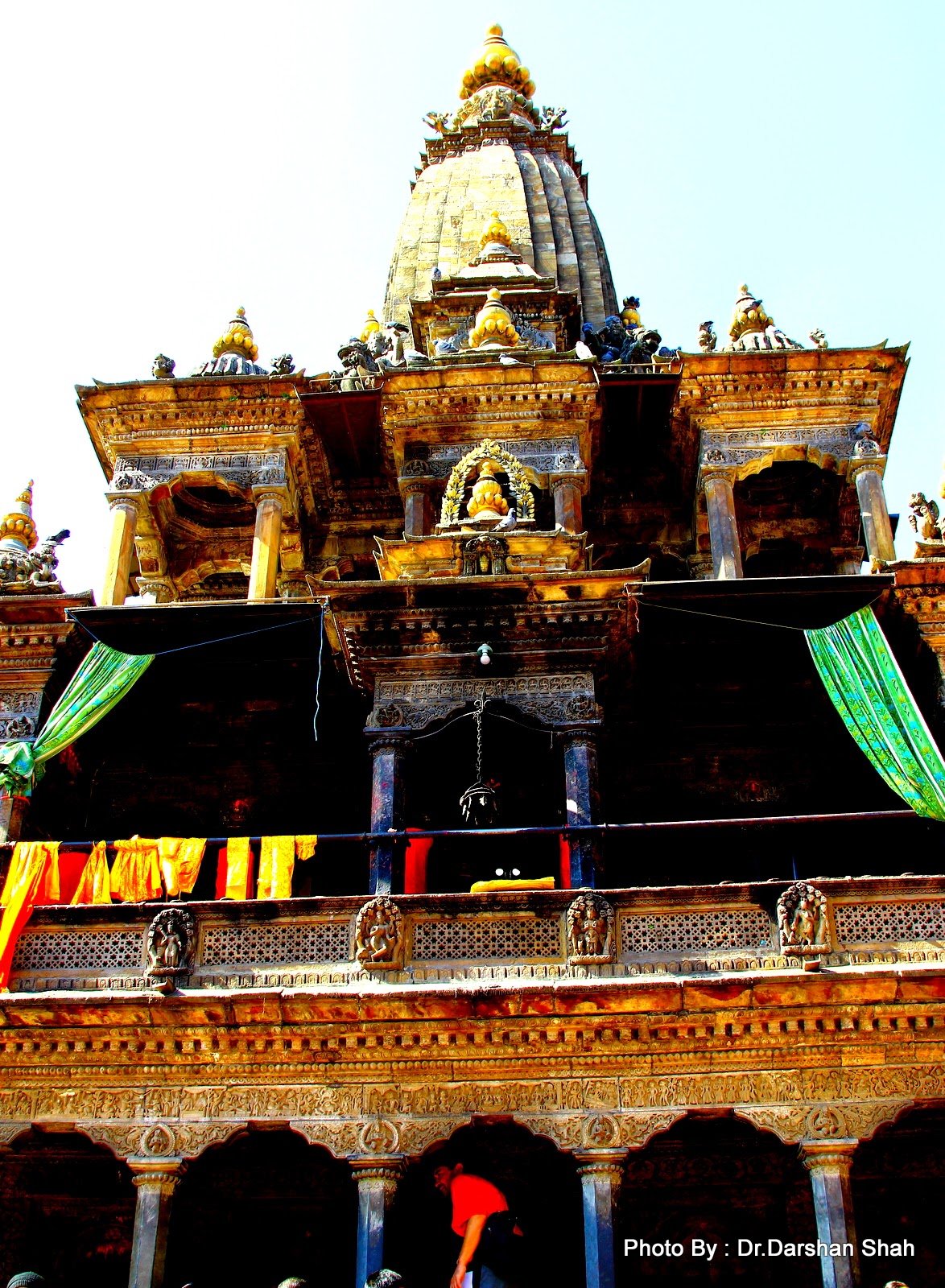This is one of the rare places in the world where one can look at corals without having to dive down into the water.
One just has to walk in the water, when the tide ebbs, in about 1 to 2 feet of water and watch this fascinating underwater world of corals.
162.89 Square Kilometers of Marine National Park and 457.92 Square Kilometers of Marine Sanctury in the Gulf of Kutch at Jamnagar offers exotic sightings for people willing to go on an adventure trip in this area.
One can see, octopus, jelly fish, star fish, colourful corals, exotic marine flowering plants, puffer fish, sea horse, huge green sea turtles, lobsters, dolphins, etc.
And if one is very lucky then maybe a dugong which resembles seals.




















































